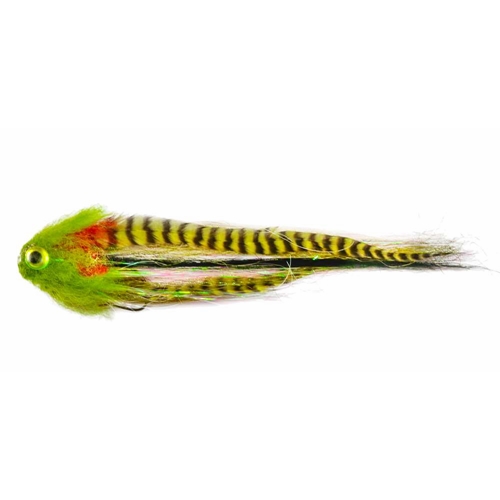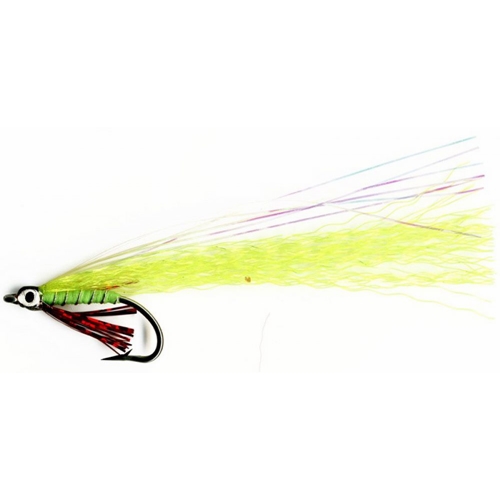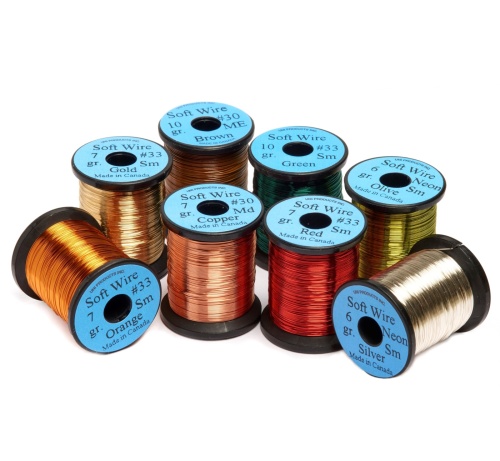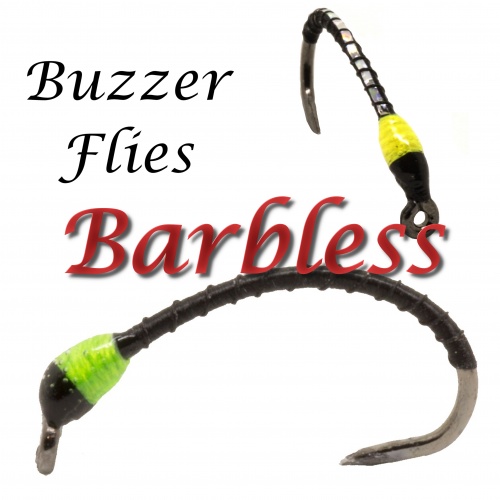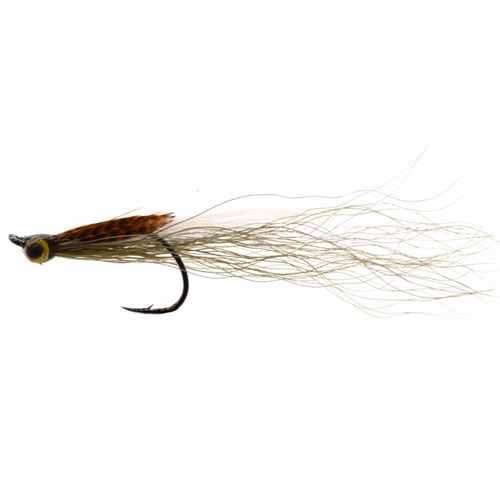Fly Fishing Glossary R's
Fly-Fishing can often be confusing to beginners to the sport because fly-fishermen talk and write in a strange language using words not always in standard use. To help take some of the confusion out of the terms bandied about by fly fishermen we have compiled this glossary.
[ A ] [ B ] [ C ] [ D ] [ E ] [ F ] [ G ] [ H ] [ I ] [ J ] [ K ] [ L ] [ M ] [ N ] [ O ] [ P ] [ Q ] [ R ] [ S ] [ T ] [ U ] [ V ] [ W ] [ X ] [ Y ] [ Z ]
RReach cast: A cast used for adding extra slack in the fly line, or when fishing downstream, in order to provide a more natural float.
Redd: The hollowed out nest in a streambed where a fish deposits its eggs, a behavior typical to most salmonids especially salmon and trout.
Reel seat: The part of the fly rod - made of aluminum, wood, or graphite and located just behind the grip - where the fly reel is attached.
Retrieve: The method of stripping in the fly line that gives the fly action. Retrieve speed can be varied from slow figure of 8 retrieve to stripping to make fish think they are chasing small fish. Also, a term used in describing fly reels, as to whether they are left hand or right hand retrieve.
Rise: The action of a trout or grayling as it comes to the surface of the water to feed, wonderful to watch trout rise to dry flies when trout fly fishing. Different kinds of rises (splashy, porpoising, dimpled, etc.) suggest different kinds of feeding and may suggest different kinds of insects.
Rod Flex: The manner in which the fly rod bends during the cast during the acceleration phase of the cast. Tip-Flex rods bend primarily through the tip section, Mid-Flex rods bend down into the middle of the fly rod, and Full-flex rods bend throughout the entire rod during the cast.
Roll cast: This is a casting technique that is used when a back cast is not possible. The fly line is made to loop in front of the fly fisherman and if properly executed it "rolls" out to present the fishing fly.
Run: This term has two meanings in fly fishing: (1) A section of stream where relatively shallow water goes over a rough or gravel bottom and then into a pool. (2) The pulling out of the flyline a hooked fish makes in trying to escape.
Running Line: a thin line attached to the back of a shooting taper (shooting head) flyline. May be 20 to 30 pound monofilament, braided nylon, narrow floating or sinking line, or other material. Usually 100 feet in length, it allows the fly fisherman to quickly change the type of flyline being used by interchanging only the head section.














